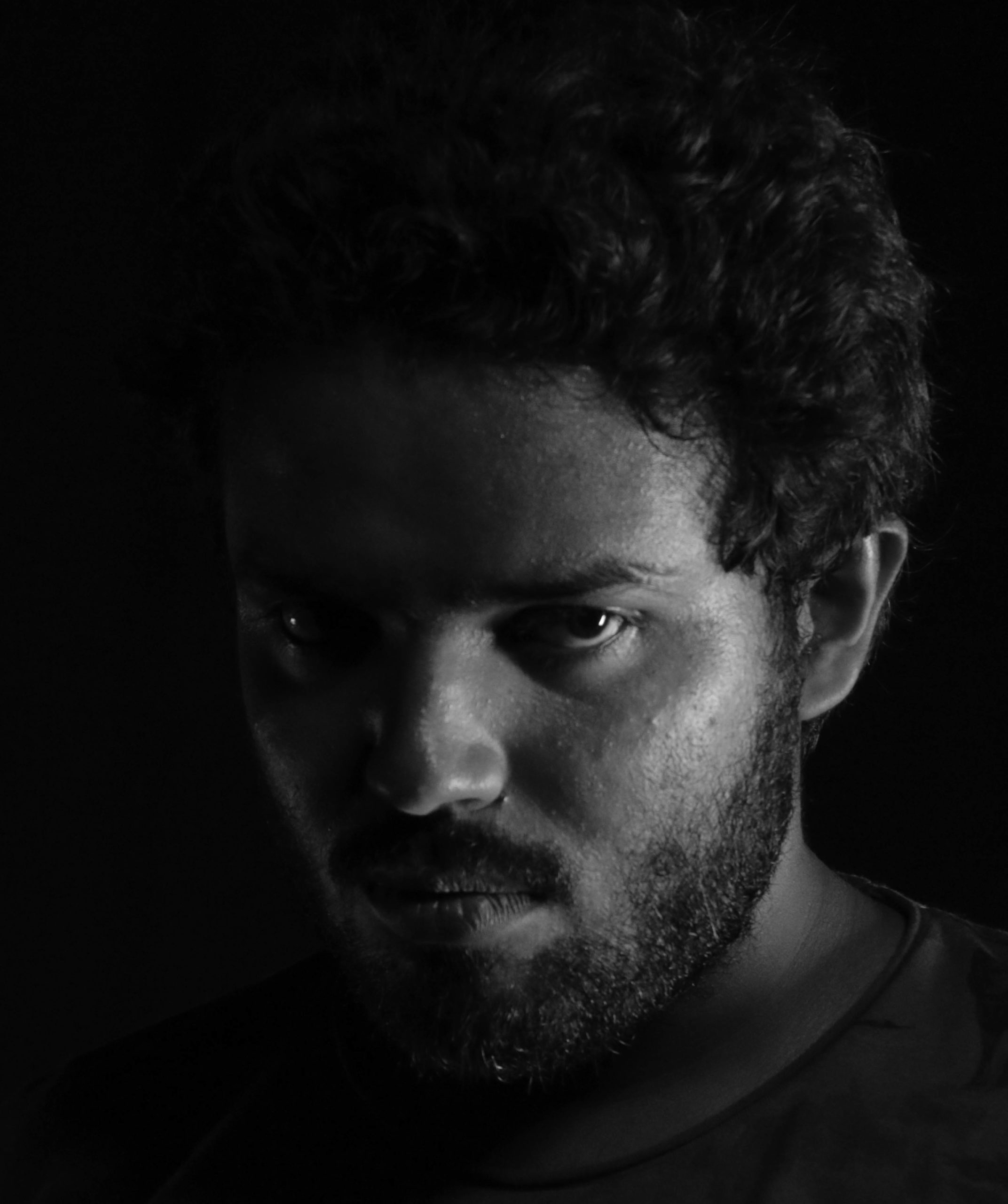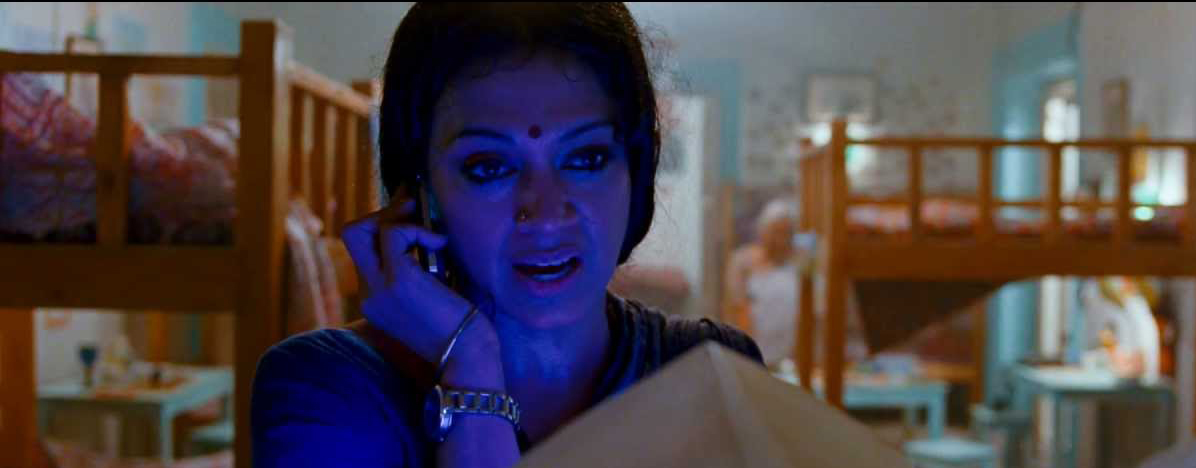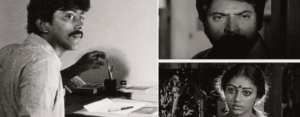Read More :
Ever wondered why Blue, the king of cool colours in the spectrum, is the world’s most popular colour?
Blue immediately reminds us of the daytime sky or the vast blue sea. It is for this reason perhaps that people often describe the colour blue as calm and serene. But the depth and vastness makes it also accessible to denote the exact opposite too. This makes it eligible to be used as a motif for a wide range of moods.
Blue calls to mind feelings of calmness or serenity. It is often used to convey a peaceful and tranquil state. Scientific studies claim that Blue can even lower the pulse rate and body temperature.
For instance, think about the scene in the Usthad Hotel, in which Kareem Ikka smokes and observes the Sufi whirling dervishes. Earlier when he reveals that the secret ingredient of Sulaimani is Mohabbat along with that beautiful Zen quote, it eases our mind. Similarly, here this visual again melts the audience. The colour blue also plays a key role in it, because this scene foreshows that he might embrace Sufism and travel again in search of closeness to God.
Blue has always been associated with divine, faith, and spirituality. This is probably due to its presence in the skies and seas. This opens up its possibilities of mystique feel and magical realism.
Go watch Amen again if you haven’t noticed it yet. Because blue is used everywhere as a forerunner to mention that something within the bounds of the frame is unreal. As if the colour is conveying that if you have immense faith, then what you are about to see could be magically real.
Blue is also seen as a sign of reliability. In Thira, it also represents the confidence level of Dr. Rohini Pranab, along with her devotion to the cause and justice.
At the end of the movie Nayakan, after the bloodbath action sequence, Blue is used to depict stability which Varadan secures and it also foreshadows that he will seek redemption.
The coldness related to blue colour makes it also a symbol of ambiguity that exists around sexuality. It is not very often used as a motif for such a meaning, but the blue night sequences of Moothon represent the Sexual inaccessibility and repressed desires. Yes, very similar to the bluish night sequences of Academy Award Winner Moonlight.
Coldness and detachment remind me of another movie, Artist which is an adaptation of the novel ‘Dreams in Prussian Blue’. The final act is mainly woven around the blue colour as a motif for these. Right before the blue colour engulfs Gayathri in the final shot, Michael even proclaims to the crowd that the Prussian blue colour in his paintings represents dishonesty and lies.
Ever heard of Picasso’s “blue period” paintings? Check them out and you will realize that paintings that heavily feature blue can seem so lonely and sad.
This capability of blue is utilized in almost every movie in which the couples are madly in love with each other but have a tinge of sadness. They could be unsure about their future together or maybe they are trying to love each other till the world separates them. Annayum Rasoolum and Meghamalhar have good examples of this category, where blue could be denoting the upcoming pain and sorrow. The scenes which are more bluish than the ‘Blues’. Feeling blue is such a common usage these days and the musical sub-genre ‘Blues’ now makes it easier for melancholic people.
Wait, your cultural background and also the deeply personal memories rooted in you makes you like or dislike a colour like Blue. Other than those, what else could be the reasons behind your feelings about each colour?

He was institutionalised for 6yrs in a Film Institute, to forget about the 4yrs which an Engg college stole. Inveterate dreamer who dreams to utter Spielberg’s words, “I dream for a living.”


